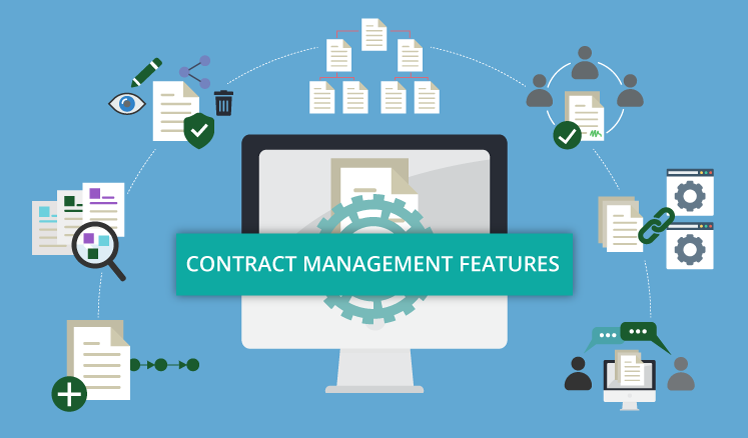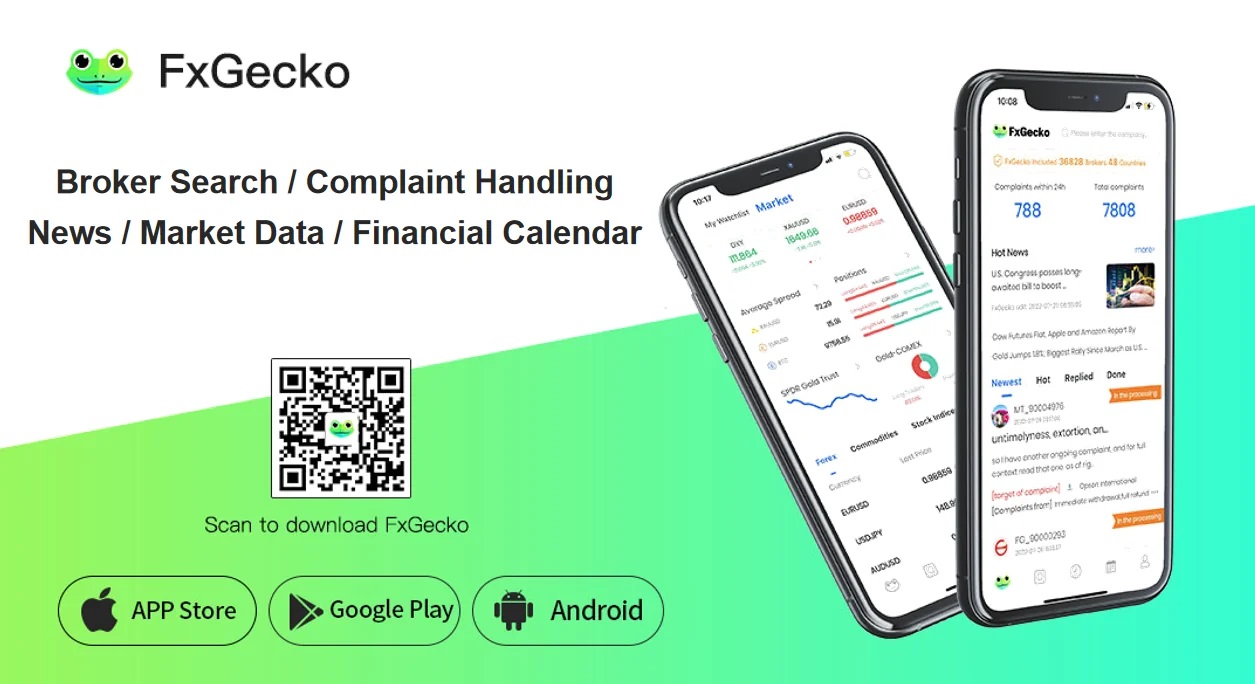Planning is a crucial aspect of making a business successful. Whether you are in the FMCG industry or the construction industry, you have to deal with various kinds of projects, and for completing those projects along with other tasks at hand, you must plan ahead. There are many planning methods for tasks and projects in your business, but the best way is to use a workflow management process. With the help of a workflow management process, you can keep the entire team aligned and stay on the same page.
The market might be inundated with a long list of workflow management processes, but the best one is Kanban. There is no doubt that Kanban has been around for a long time, but during its existence, Kanban has moved from a physical board laid down on the table to computer screens. Now, businesses are thriving on Kanban software solutions for taking care of all the aspects of a project.
But do you know why Kanban is the best way to manage your weekly planning, and how you can use Kanban for weekly planning? Let’s find out through this blog post.
What is a Kanban board?
To understand the Kanban method’s use for weekly planning, it is first necessary to understand what is Kanban board. You must note that the Kanban board is a physical or digital project management tool used to maximize efficiency, visualize work-in-progress, and keep tabs on what needs to be done and what’s pending.
Why is weekly planning best for firms?
Weekly planning might sound peculiar for many business owners, but through weekly planning, you get the impeccable lens for tracking progress since the seven unique days offer the most effective and simplest way for keeping tabs on the progress of the project through iteration. There might be many planning formats like monthly planning, yearly planning, and many more, but when it is about getting traction, the weekly format is an ideal choice.
Why Kanban for weekly planning?
There might be many workflow management tools out there that you can use for weekly planning, but Kanban fits like a glove in weekly planning because of its five core features:
- Work-In-Progress
- Work visualization
- Work becoming explicit
- Management and measurement of the flow of work
- Continuous improvement
To understand the effectiveness of Kanban for weekly planning, you must understand the weekly compass from Stephen Covey. After understanding the use and application of the weekly compass from Stephen Covey, you will get a better understanding of Kanban and its use in weekly planning.
Visual representation
In the case of Kanban boards, the work is shown through visual cards that keep on flowing on the board. Every card on the Kanban board has a specific label used for categorizing every goal within the dimension of Stephen Covey, or it can also be any other category that you have used to visualize cards.
Work-In-Progress
In the Kanban approach, the work keeps on flowing forward as fast as possible, but at the same time, work-in-progress limits or WIP limits are kept in mind. This simply means that the amount of work a team can handle depends on the ability and the size of time, as this ensures every task is completed with proper efficiency.
The best part about Kanban and its effectiveness in weekly planning is that it allows an individual to work on the next task only when the task at hand is completed. This type of approach used in the Kanban framework leads to a better flow and ultimately expected results over time.
Work becoming explicit
Even the last three-pointers mentioned as the core features of Kanban are helpful in weekly planning, but they offer longer ongoing advantages. When you make your work explicit, you can set all your best practices directly on the board, ensuring that every card will follow the specified level of scrutiny while moving through the board.
Measure and manage the work
By measuring and managing the work, you can take advantage of all the metrics for making changes in the process, so you keep getting better results over time. This is one of the unique features offered by Kanban framework, and it is not present in any other average workflow management approach.
Continuous improvement
The last feature of continuous improvement helps you not waste time on below-average results as you keep working to improve the results while getting feedback from stakeholders.
You can leave room for changes and stay effective and efficient through weekly planning, but you can thrive on the advantages of weekly planning only when you use the Kanban approach. In addition to being highly flexible, customizable, and fruitful, Kanban is easy to use as well.








Add Comment